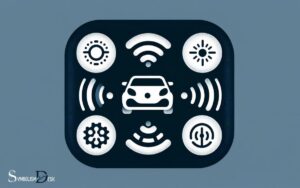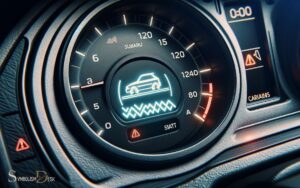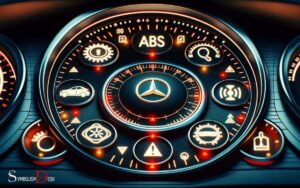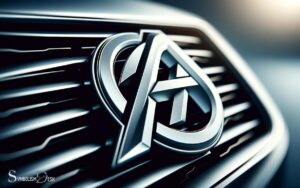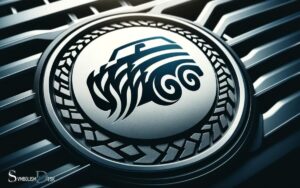Vw Car Symbols and Meanings: Potential Issues!
Volkswagen (VW) uses a variety of symbols and warning lights on their cars to communicate information to the driver about the status of the vehicle, potential issues, and various functions.
Keep in mind that the symbols and their meanings can vary slightly depending on the specific model and year of your Volkswagen vehicle.
Here are some common VW car symbols and their meanings:
It’s essential to consult your Volkswagen owner’s manual for precise information about the symbols and warnings specific to your vehicle, as they may vary depending on the model year and trim level.
If you encounter a warning light that you don’t understand or if a warning light stays illuminated, it’s advisable to have your vehicle inspected by a qualified technician to diagnose and address any issues.
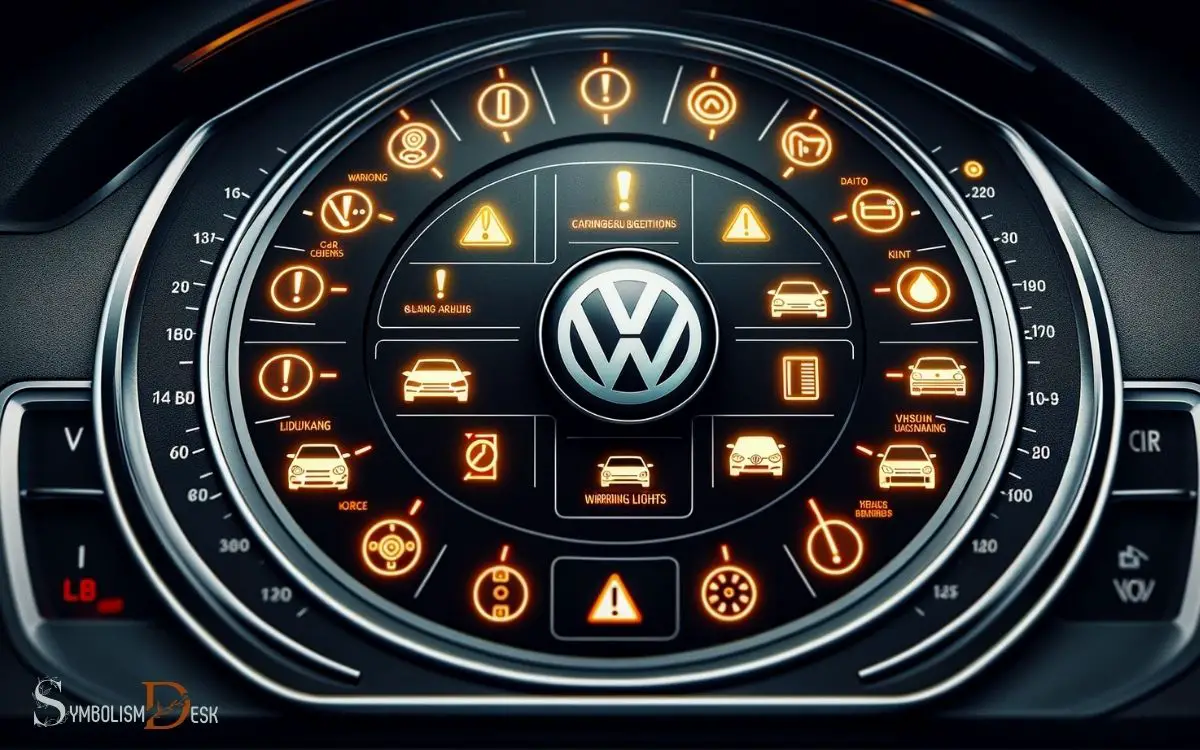
Key Takeaway
Check Engine Light
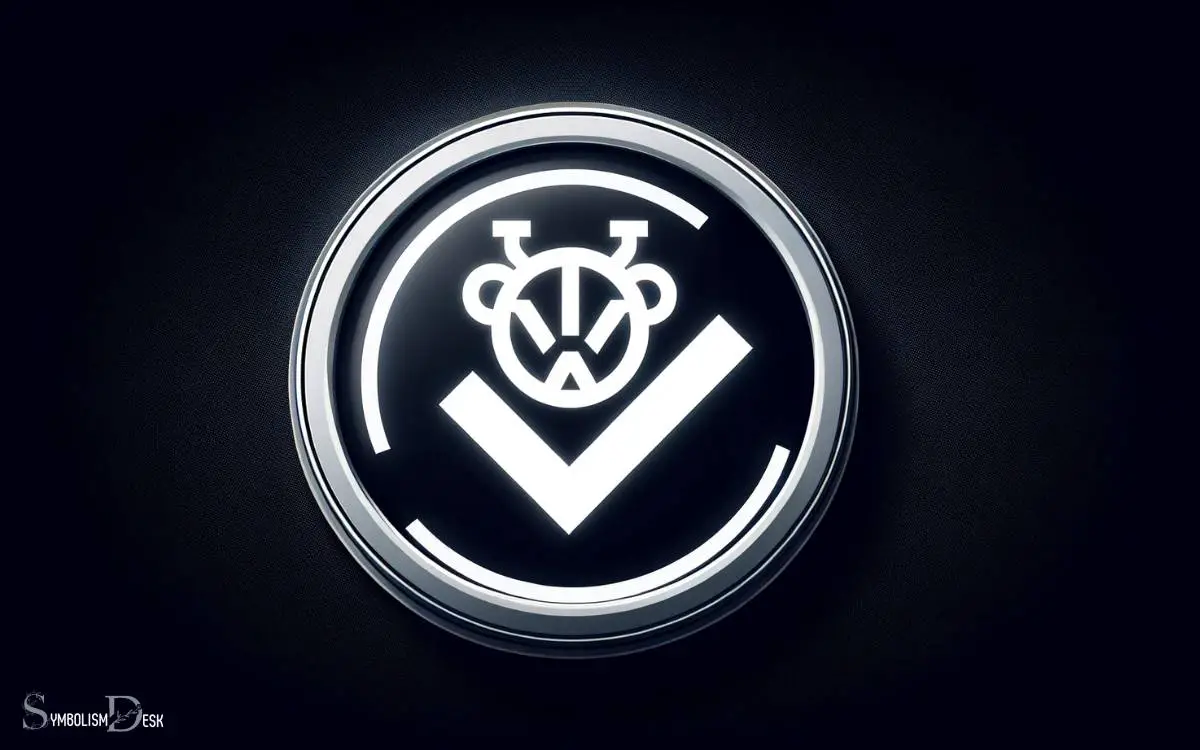
The ‘Check Engine Light’ in VW cars illuminates when the onboard diagnostic system detects a problem with the engine, emissions control system, or transmission.
When this light comes on, it’s essential to have the vehicle diagnosed by a qualified technician using a diagnostic tool that communicates with the car’s computer.
The issues triggering the light can range from a loose gas cap to a serious engine problem. Ignoring the light can lead to more expensive repairs down the road.
If the ‘Check Engine Light’ is flashing, it indicates a more severe problem that requires immediate attention. Understanding the potential issues associated with this warning light can help VW owners address problems early, ensuring the longevity and performance of their vehicles.
Oil Pressure Warning
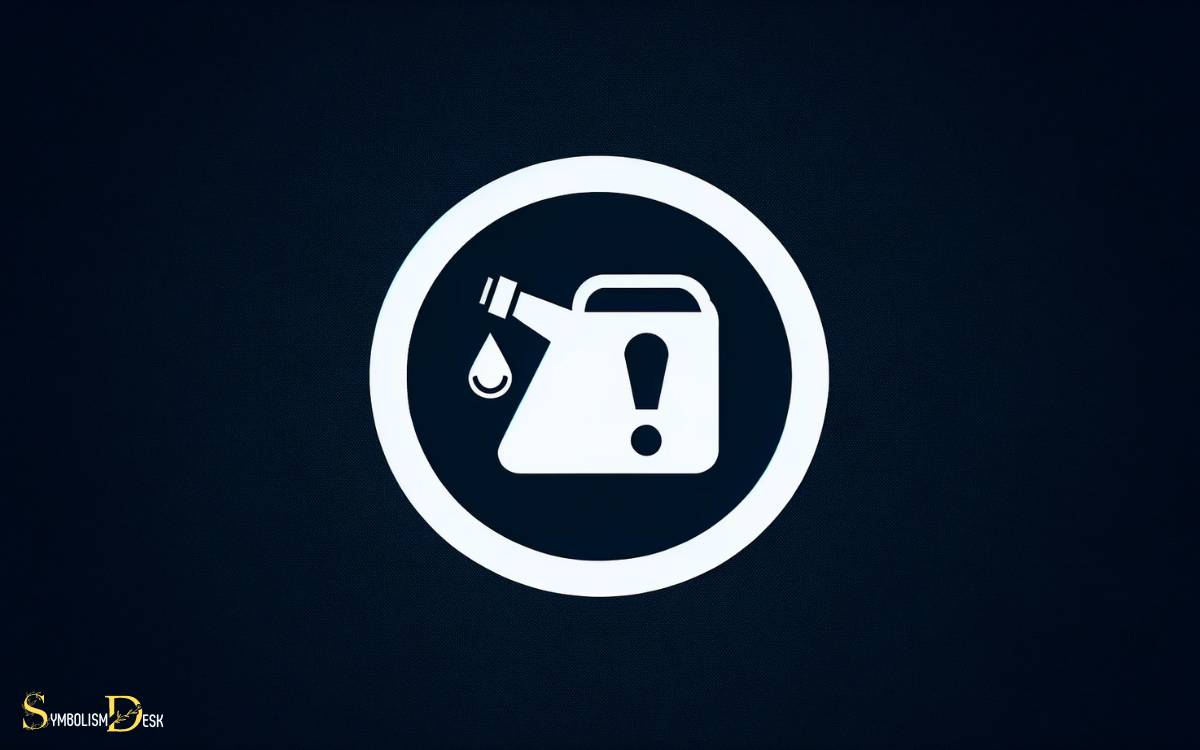
When the oil pressure warning light comes on, it indicates that the engine is not receiving enough oil. This can lead to potential engine damage if not addressed immediately. Drivers should take immediate action to avoid further issues and potential costly repairs.
Low Oil Pressure
If the low oil pressure warning light illuminates on a VW car, it indicates a potential issue with the engine’s lubrication system.
This warning should be taken seriously as low oil pressure can lead to serious engine damage if not addressed promptly. When this light comes on, it means that the oil pressure in the engine has dropped below a safe level.
It could be caused by a variety of factors such as low oil level, a failing oil pump, or a clogged oil filter. To prevent potential engine damage, the driver should pull over as soon as it’s safe to do so and turn off the engine.
They should then check the oil level and look for any signs of leaks before deciding whether to continue driving or seek assistance from a qualified mechanic.
Engine Damage Risk
Addressing the low oil pressure warning in a VW car is crucial to preventing potential engine damage. When this warning light illuminates on the dashboard, it indicates that the engine is not receiving enough oil pressure.
Ignoring this warning can lead to severe engine damage, as oil pressure is essential for lubricating the engine’s moving parts and preventing friction-related wear and tear.
If the oil pressure is consistently low, it can result in permanent damage to the engine, leading to costly repairs or even engine failure. Therefore, it is imperative to address the issue immediately by checking the oil level and quality.
If the oil level is adequate and the warning persists, it is advisable to seek professional assistance to diagnose and remedy the underlying problem to prevent potential engine damage.
Immediate Action Required
An oil pressure warning light illuminating on the dashboard of a VW car requires immediate attention to prevent potential engine damage. When this warning light comes on, it indicates that the oil pressure in the engine has dropped to a dangerously low level.
To address this issue, the driver should take the following immediate actions:
- Pull over to a safe location and turn off the engine.
- Check the engine oil level using the dipstick and add oil if it is low.
- If the oil level is adequate, do not attempt to drive the vehicle and seek professional assistance immediately.
Failing to address low oil pressure promptly can lead to severe engine damage. Once the oil pressure warning light is addressed, it’s crucial to also monitor the tire pressure to ensure the overall health and safety of the vehicle.
Tire Pressure Monitoring
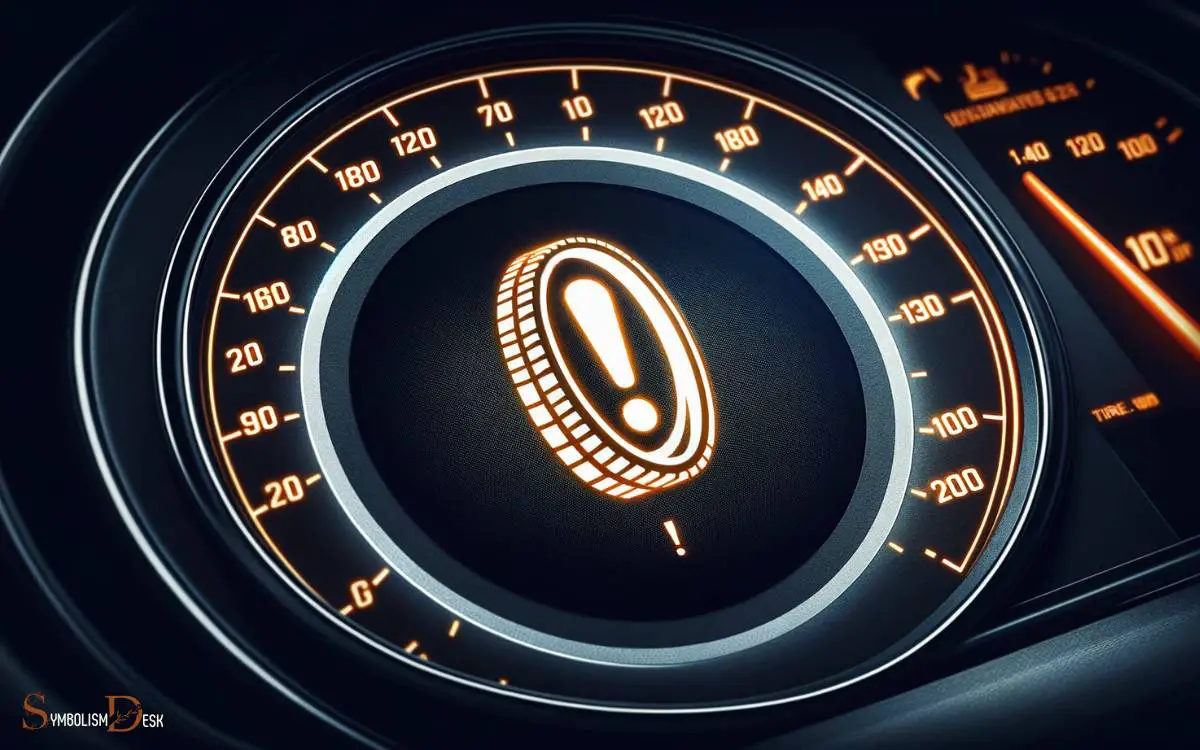
The tire pressure monitoring system in VW cars alerts drivers to changes in tire pressure. This system uses sensors to track the air pressure in each tire. If the pressure in any tire drops below the recommended level, a warning light illuminates on the dashboard.
It’s important for drivers to pay attention to this warning and check their tire pressure as soon as possible.
Proper tire pressure is crucial for safe driving, fuel efficiency, and overall tire health. To check the tire pressure, drivers can use a tire gauge or visit a service station.
Maintaining the recommended tire pressure not only ensures safety but also extends the lifespan of the tires. Regularly monitoring tire pressure helps prevent blowouts and improves driving performance.
Coolant Temperature Warning
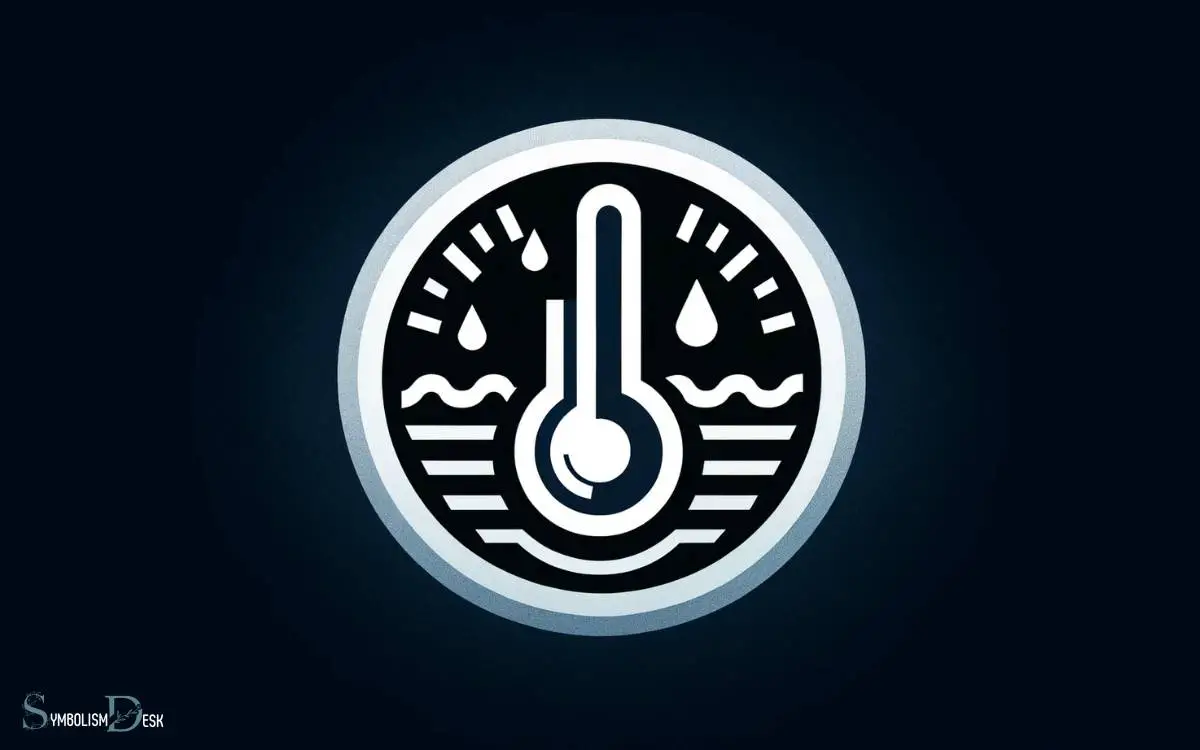
When the coolant temperature in a VW car exceeds the recommended level, the coolant temperature warning light will illuminate on the dashboard. This warning indicates that the engine is running too hot, which can lead to serious damage if not addressed promptly.
Here are three important things to consider when the coolant temperature warning light comes on:
- Pull Over Safely: It’s essential to find a safe place to pull over and turn off the engine immediately to prevent overheating.
- Check Coolant Levels: After allowing the engine to cool down, check the coolant levels and top up if necessary.
- Seek Professional Assistance: If the warning light persists after refilling the coolant, it’s crucial to seek professional assistance to diagnose and address any underlying issues.
As the coolant temperature warning is a critical indicator of potential engine damage, addressing it promptly is crucial to prevent costly repairs.
Battery Charge Warning
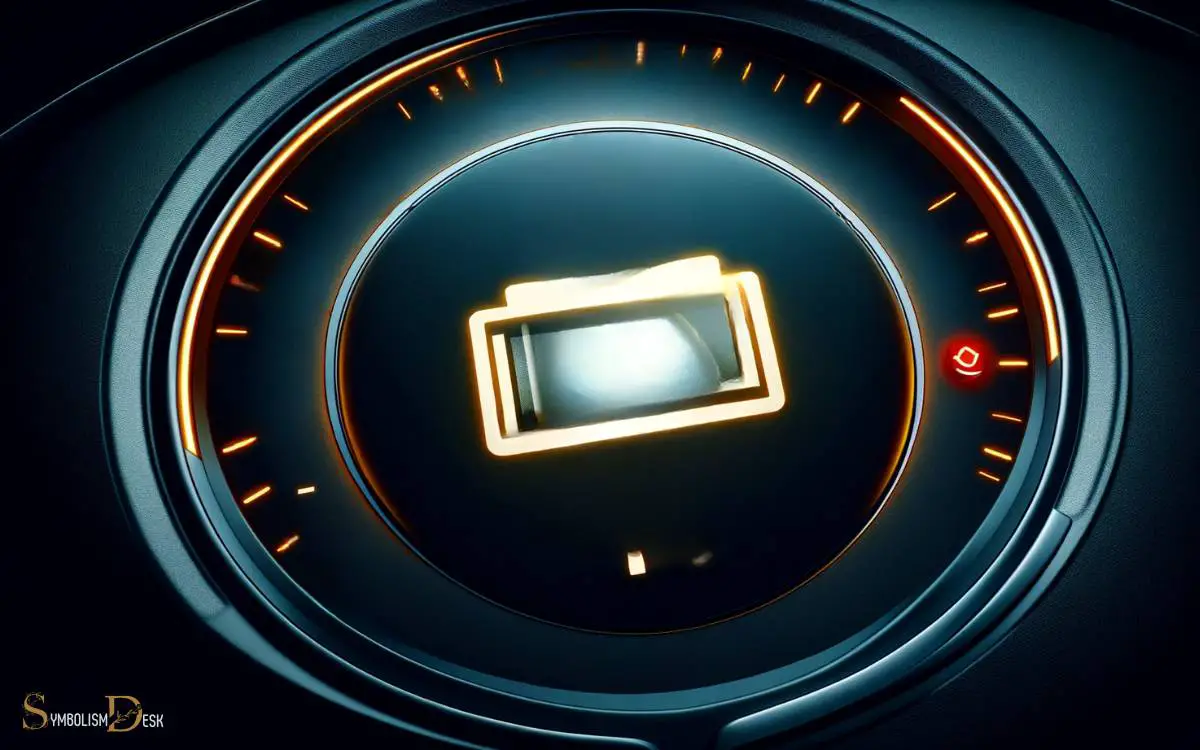
When the battery charge warning light comes on in a VW car, it indicates potential issues such as low battery voltage, ignition system malfunction, or charging system failure. These warning signs should not be ignored, as they can lead to the vehicle stalling or not starting at all.
Understanding the meanings behind these symbols can help drivers address the underlying problems promptly.
Low Battery Voltage
Experiencing low battery voltage can trigger the battery charge warning symbol in VW cars. When this warning light comes on, it indicates that the battery is not receiving enough charge from the alternator.
Here are three potential reasons for low battery voltage:
- Faulty Alternator: A failing alternator may not be providing sufficient power to charge the battery, leading to low voltage.
- Old or Faulty Battery: An old or defective battery may not hold a charge, causing low voltage and triggering the warning light.
- Electrical System Issues: Problems within the electrical system, such as a faulty voltage regulator or loose connections, can result in low battery voltage.
It’s essential to address low battery voltage promptly to prevent potential stalling or other electrical issues while driving.
Ignition System Malfunction
The battery charge warning symbol in VW cars may also illuminate due to an ignition system malfunction.
This warning light indicates an issue with the vehicle’s charging system, which could be caused by a faulty ignition coil, alternator, or voltage regulator.
When the ignition system malfunctions, it can lead to insufficient power generation, resulting in a drained battery and potential vehicle stalling.
If this warning light appears, it is important for the driver to have the vehicle inspected by a qualified technician to diagnose and address the underlying issue.
Ignoring this warning could lead to further electrical system problems and potential vehicle breakdowns. Therefore, prompt attention to the warning light is crucial to ensure the proper functioning of the vehicle’s ignition and charging systems.
Charging System Failure
Upon encountering a charging system failure in a VW car, the battery charge warning symbol may illuminate, signaling potential issues with the vehicle’s electrical systems.
If this warning light appears, it is essential to address the problem promptly to avoid a dead battery or other electrical malfunctions.
Here are three common causes of charging system failure:
- Faulty Alternator: A malfunctioning alternator can result in insufficient power generation, leading to a drained battery and electrical issues.
- Worn-out Drive Belt: A worn or damaged drive belt can hinder the alternator’s ability to charge the battery effectively, causing the battery charge warning to illuminate.
- Poor Electrical Connections: Corroded or loose electrical connections can disrupt the charging system, potentially triggering the battery charge warning.
Understanding these potential causes can help VW car owners address charging system failures effectively.
Brake System Warning
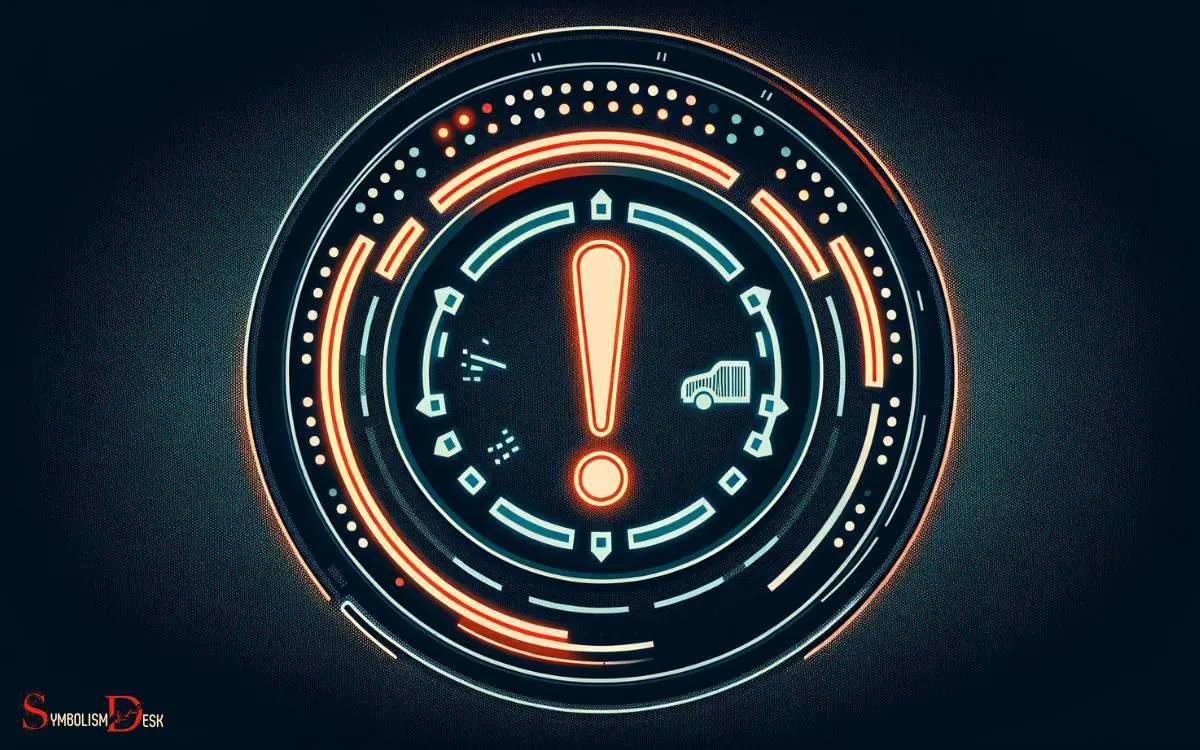
Drivers should be aware of the significance of the brake system warning symbol in their VW car. When this symbol illuminates on the dashboard, it indicates potential issues with the brake system that require immediate attention.
This warning could be triggered by low brake fluid levels, worn brake pads, or a malfunction in the braking system. Ignoring this warning could lead to decreased braking performance and compromised safety.
If the brake system warning light comes on, it is crucial to have the brake system inspected by a qualified technician as soon as possible.
Prompt action can prevent further damage and ensure the continued safe operation of the vehicle. Regular maintenance and timely repairs are essential for preserving the effectiveness of the braking system and ensuring the safety of the vehicle’s occupants.
Conclusion
Understanding VW car symbols and their meanings is crucial for all drivers. Ignoring these warnings could lead to serious car problems. These symbols act as the car’s communication system, alerting drivers to potential issues or necessary maintenance. For instance, whether you’re driving a compact sedan or a sleek sports car with V logo, recognizing these indicators can help prevent costly repairs down the road. Staying attentive to dashboard warnings ensures your vehicle remains in peak condition and your driving experience stays safe and enjoyable.
So, the next time you see a warning light, don’t panic! Instead, refer to your owner’s manual and take appropriate action. After all, knowing these symbols like the back of your hand is as easy as pie!

